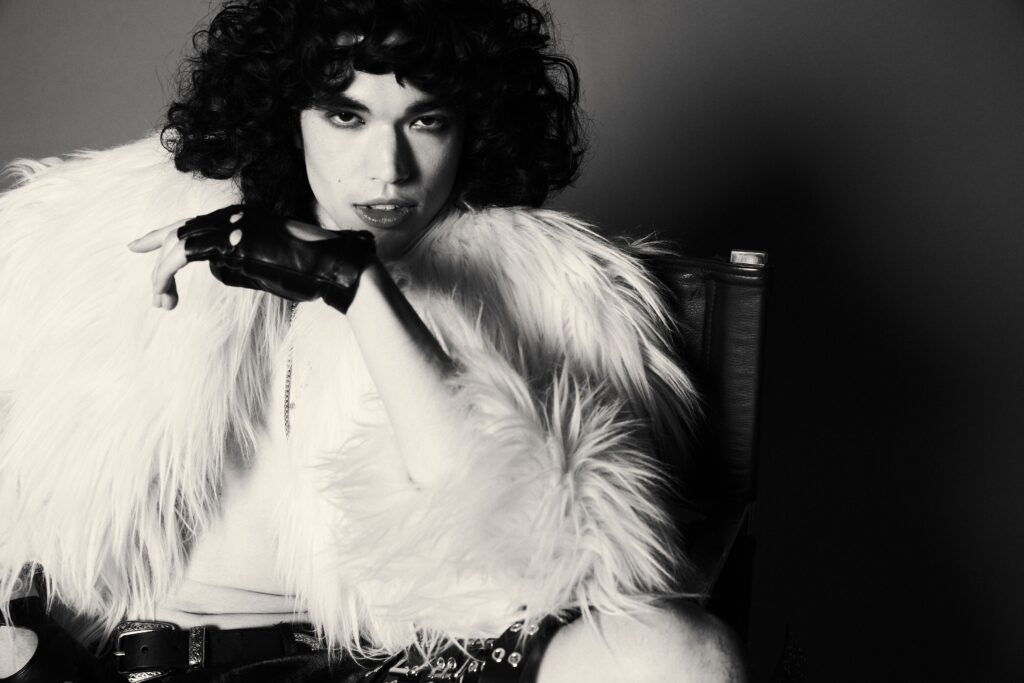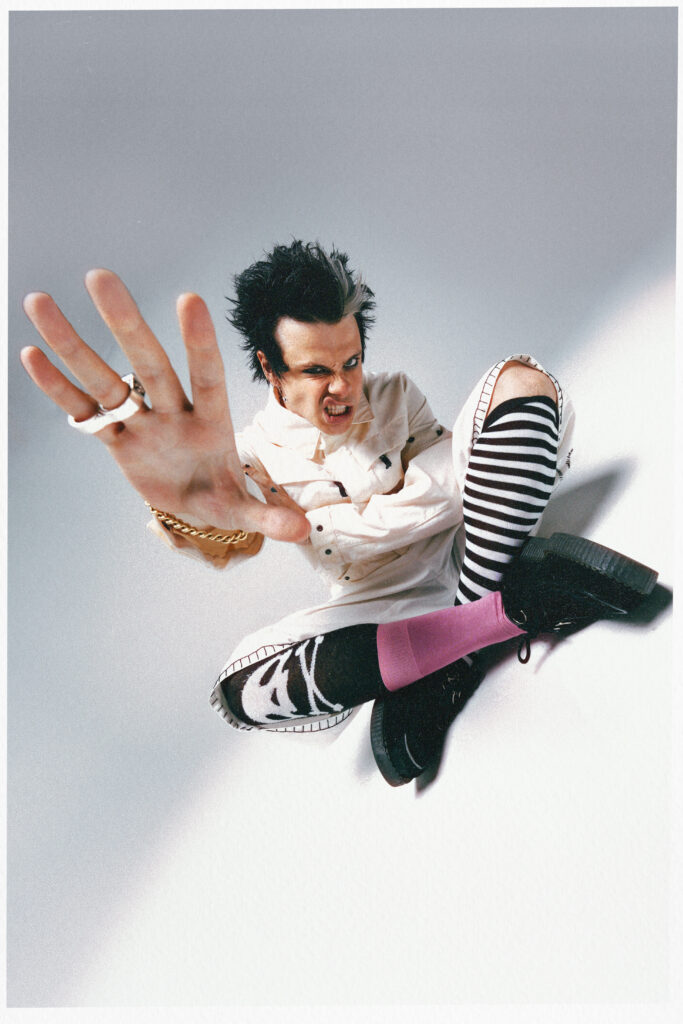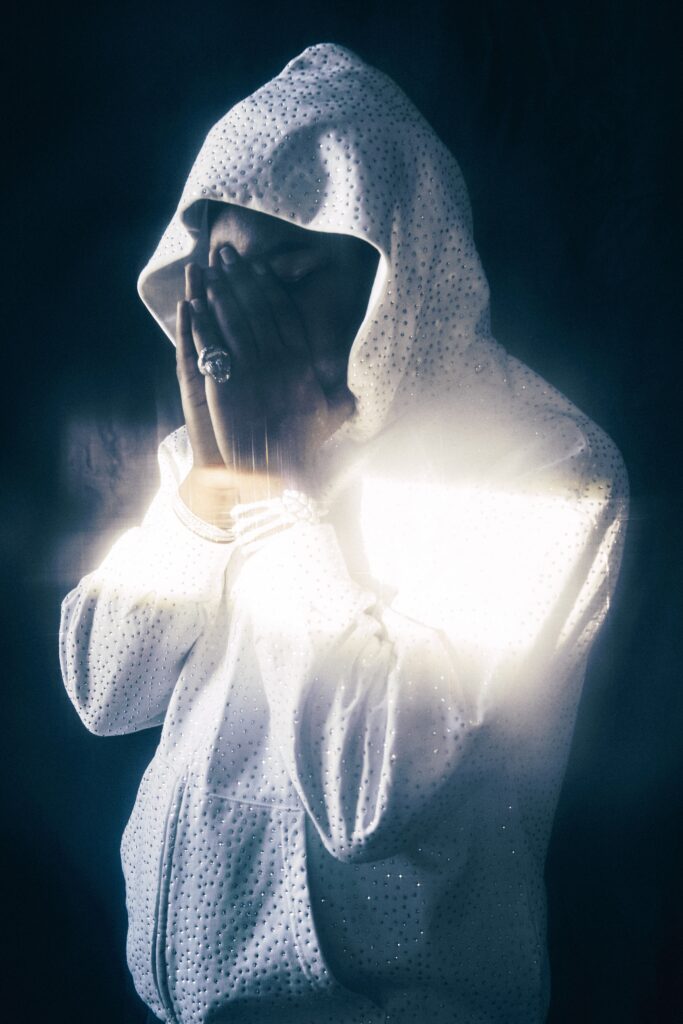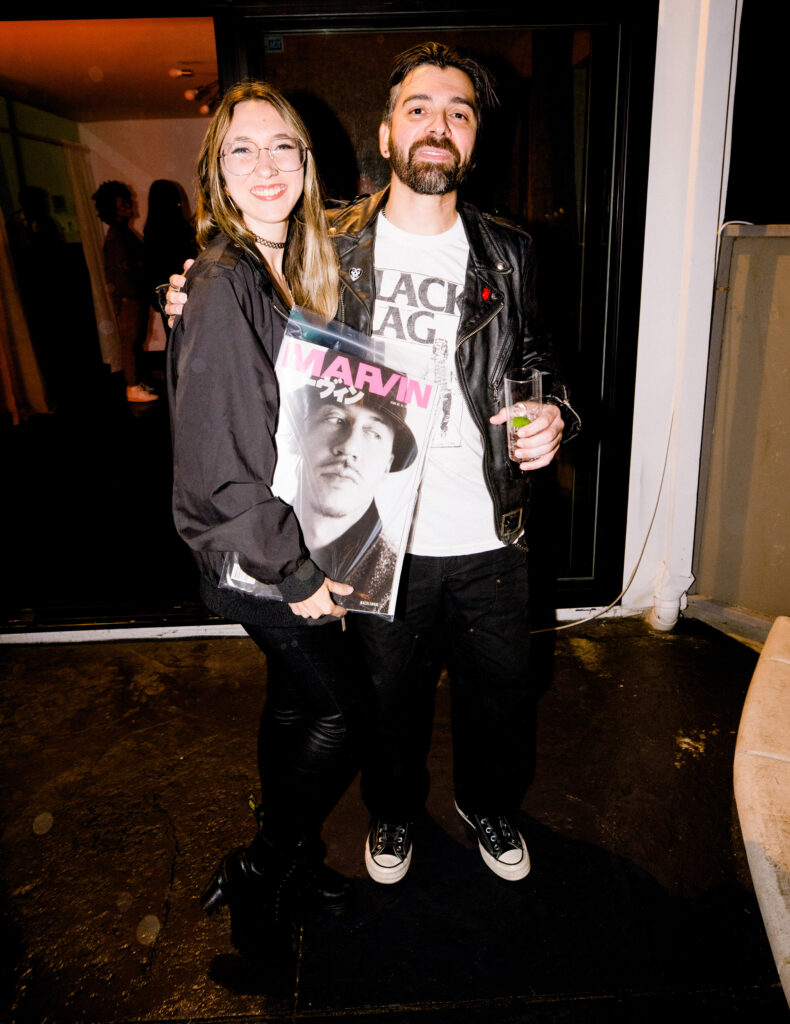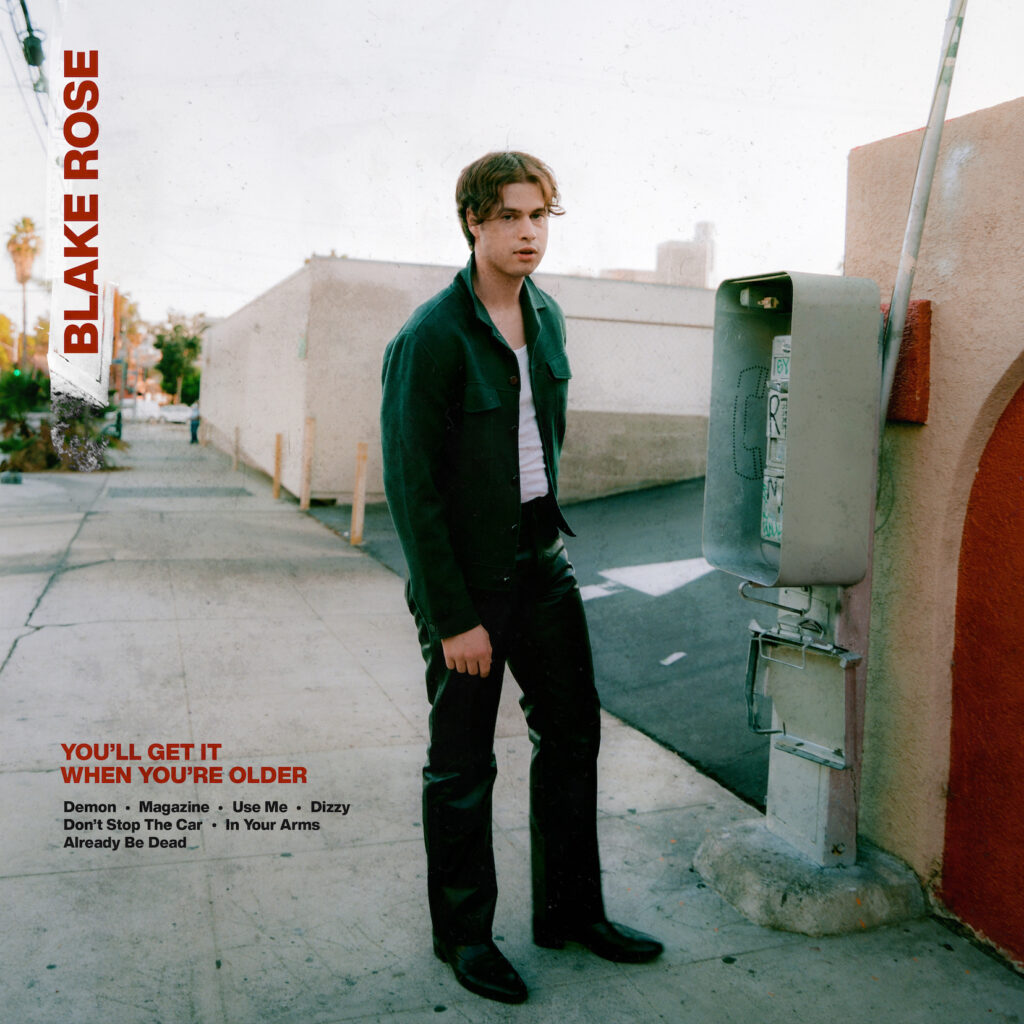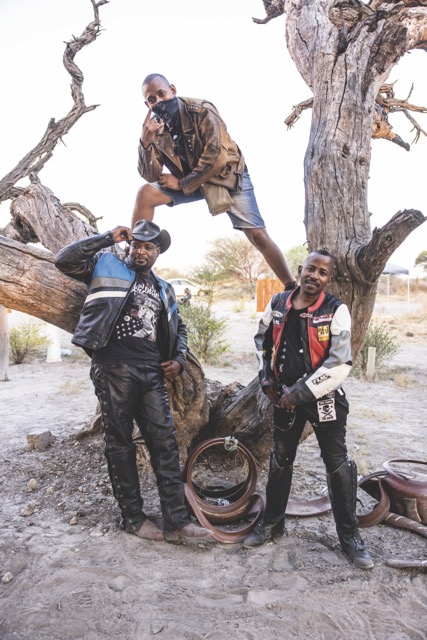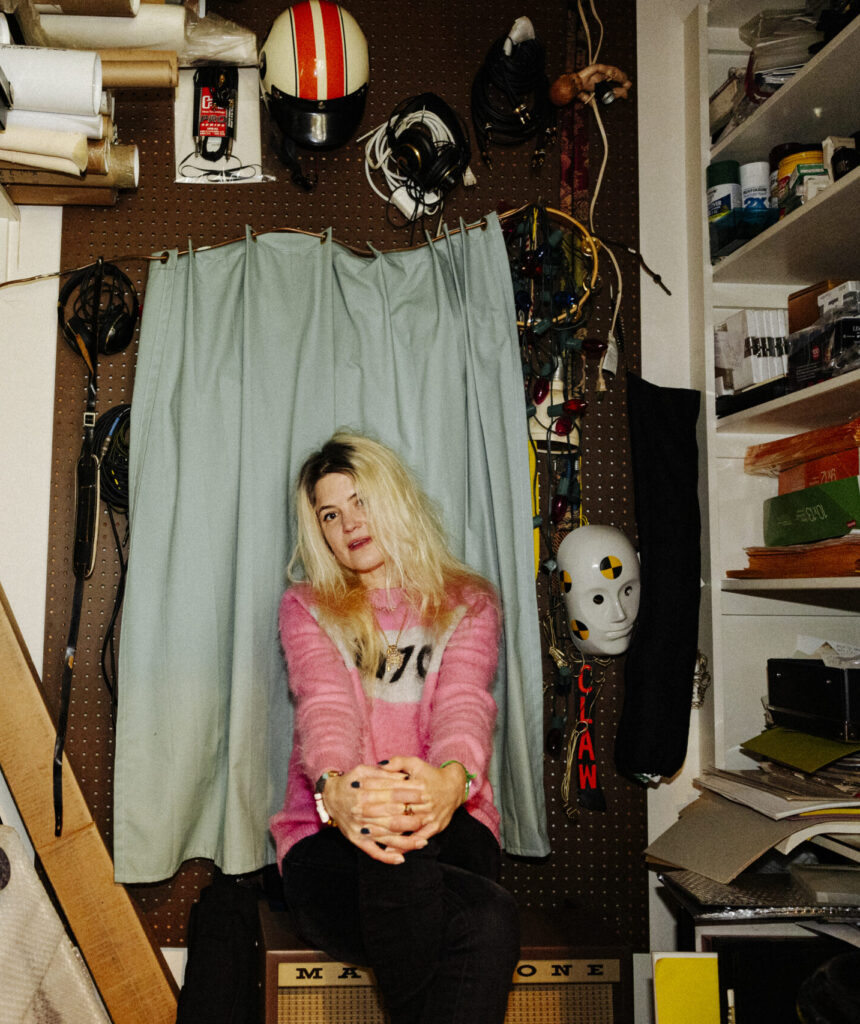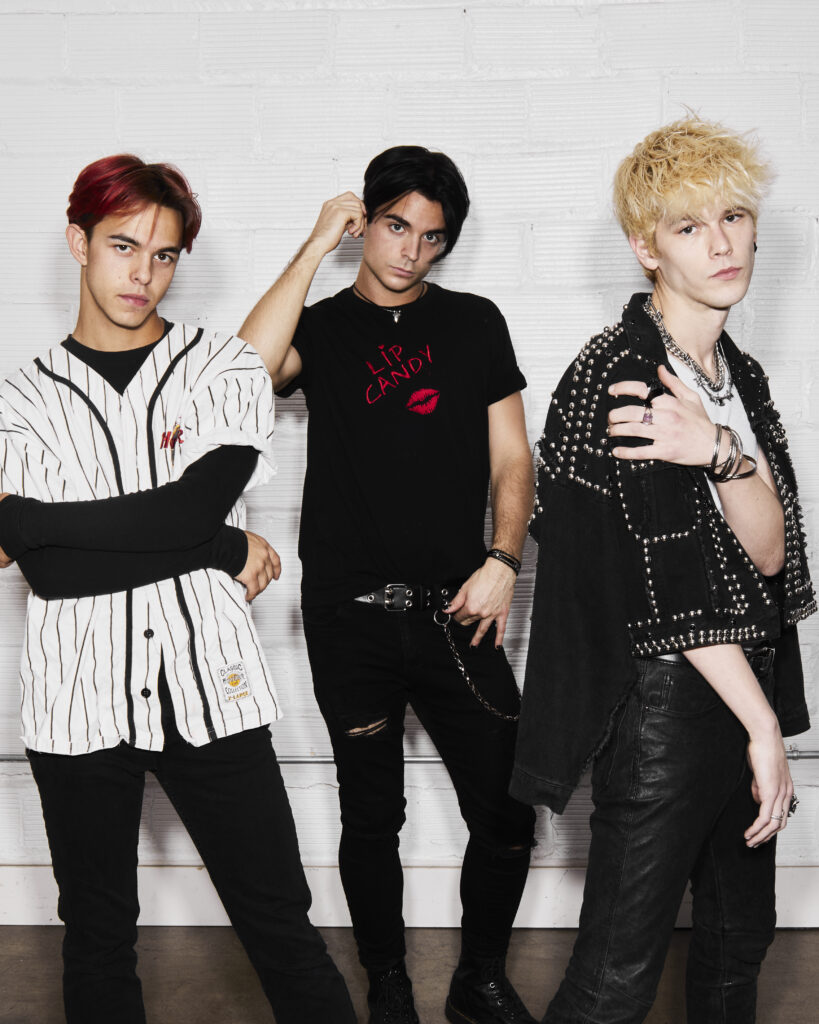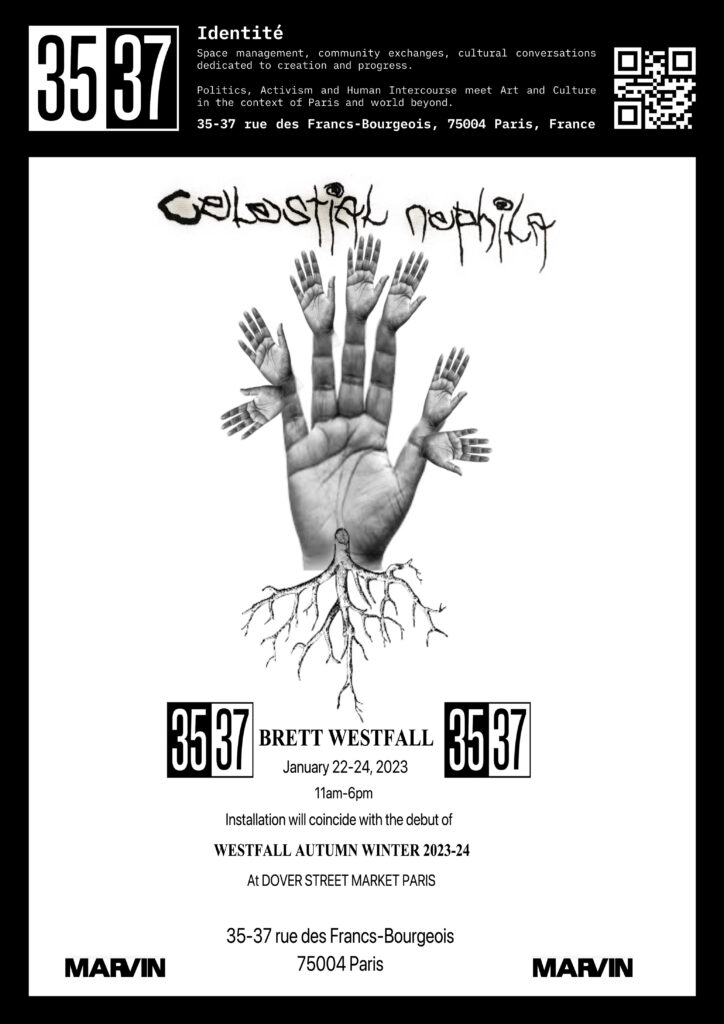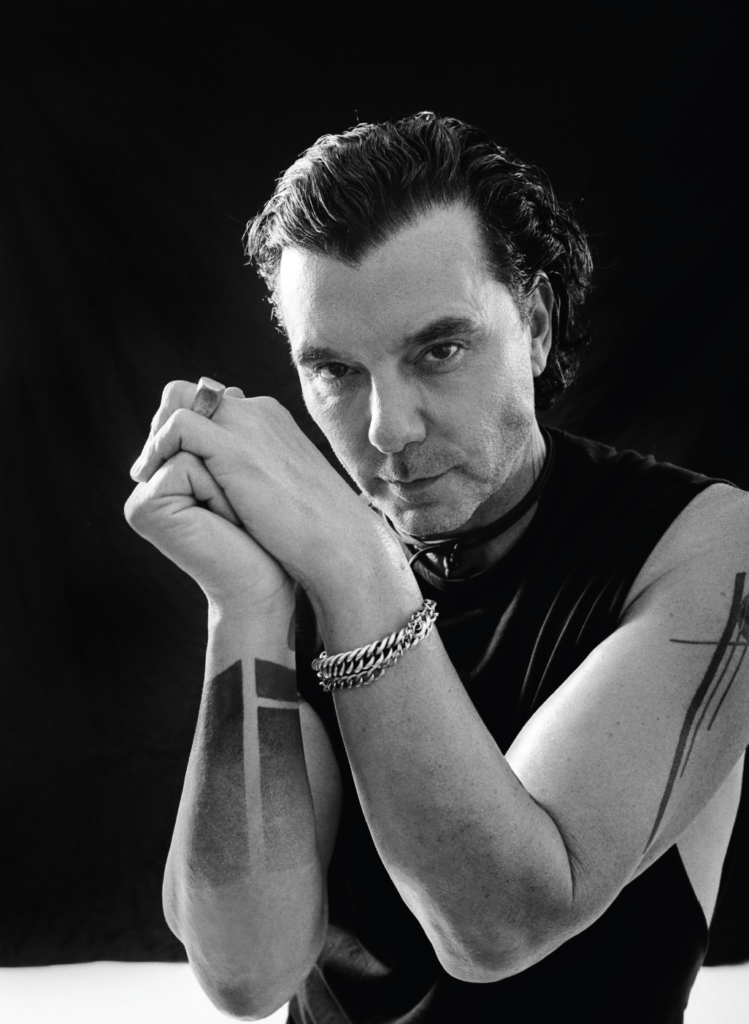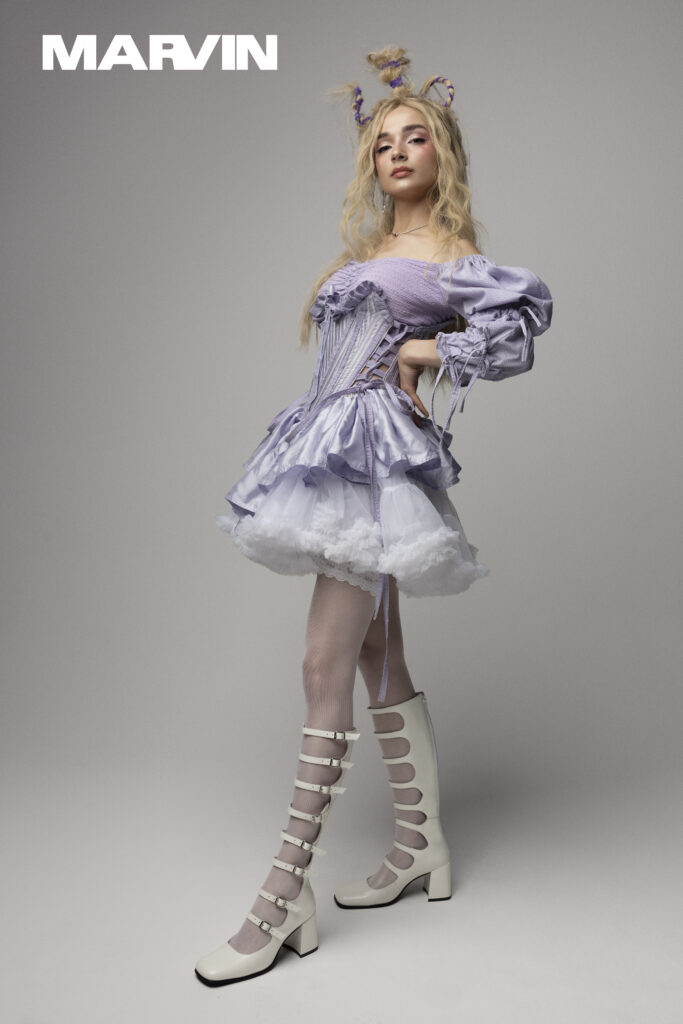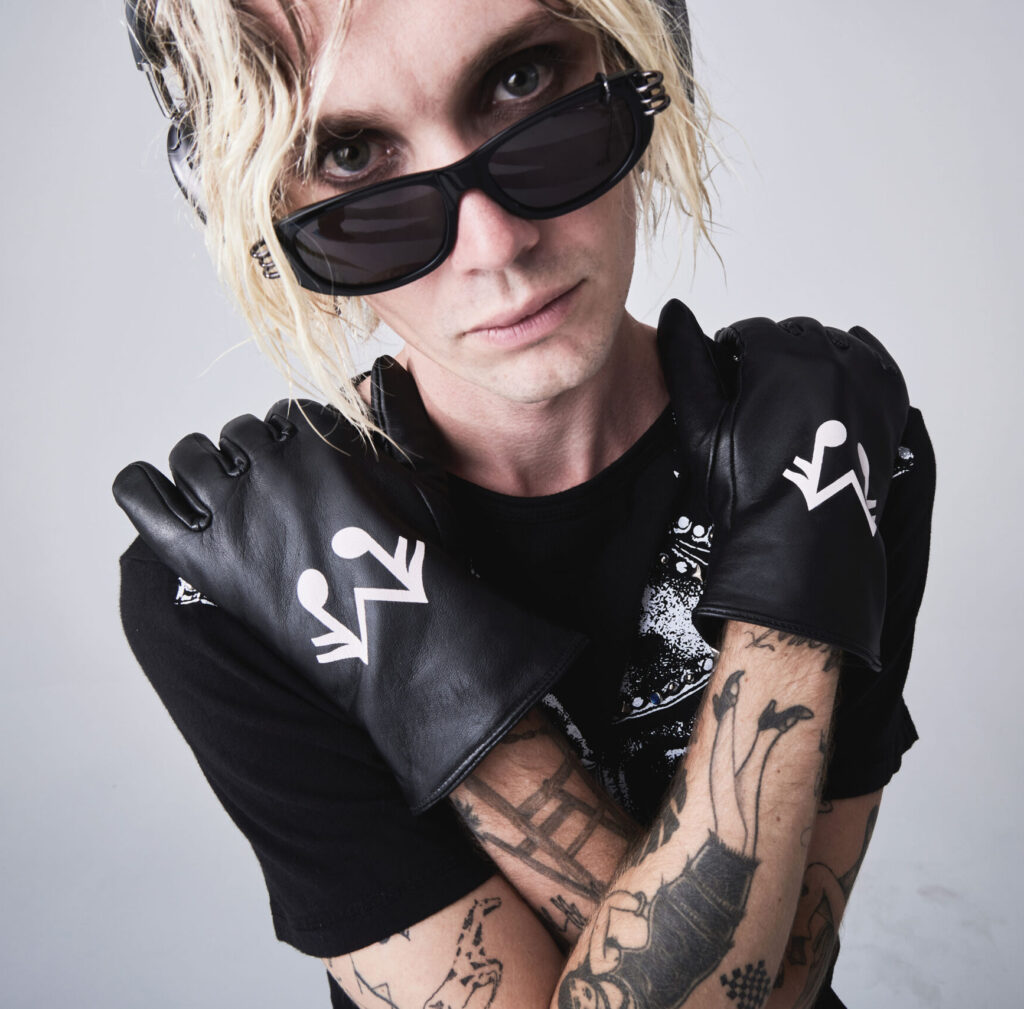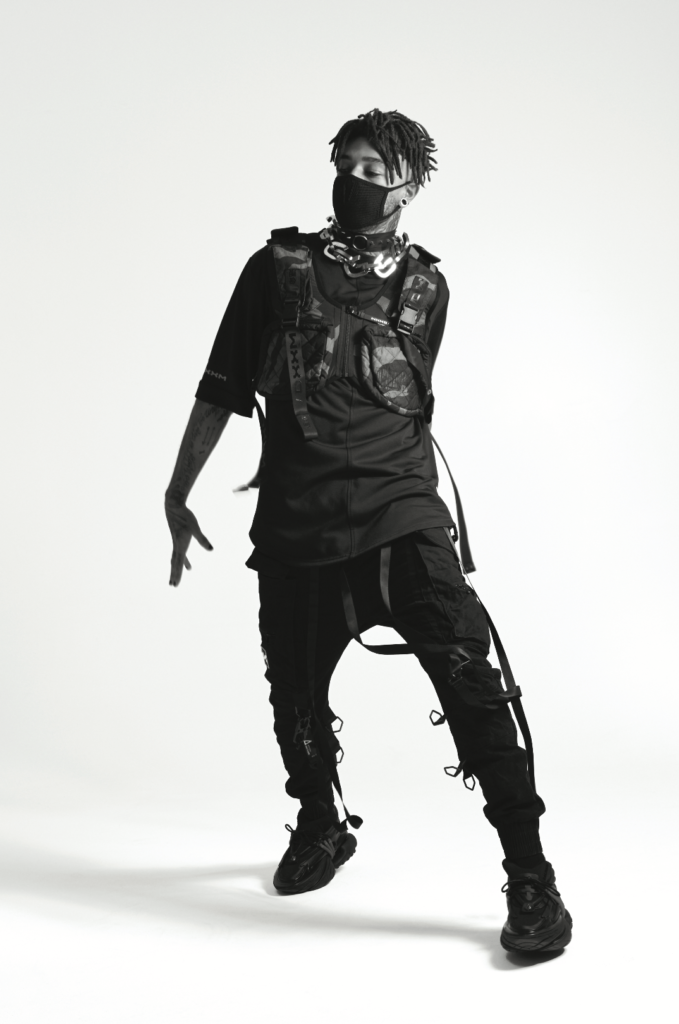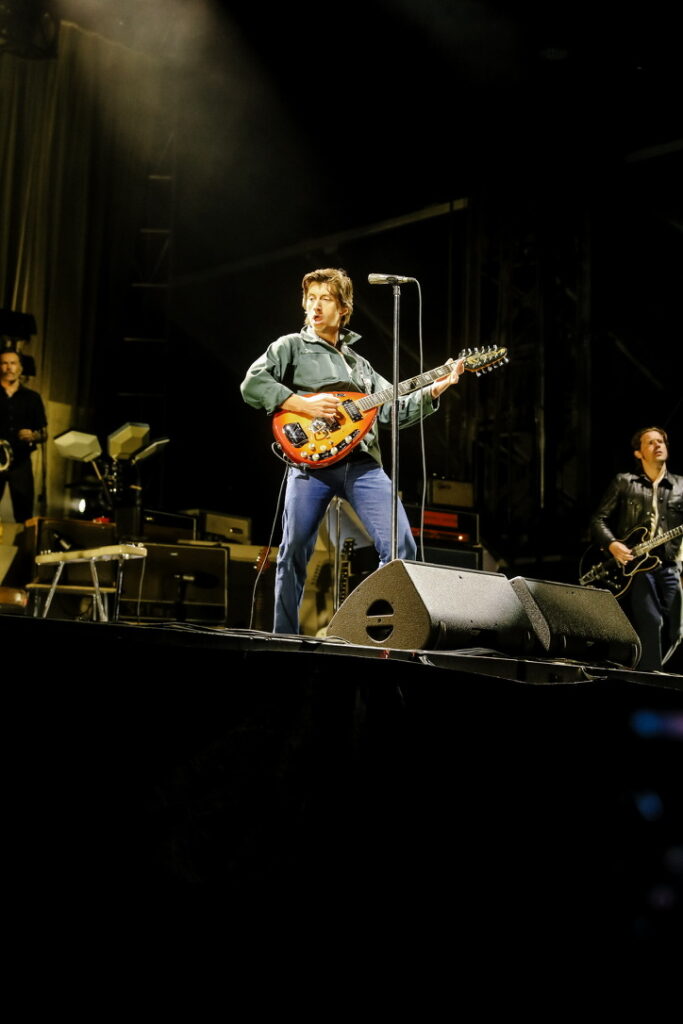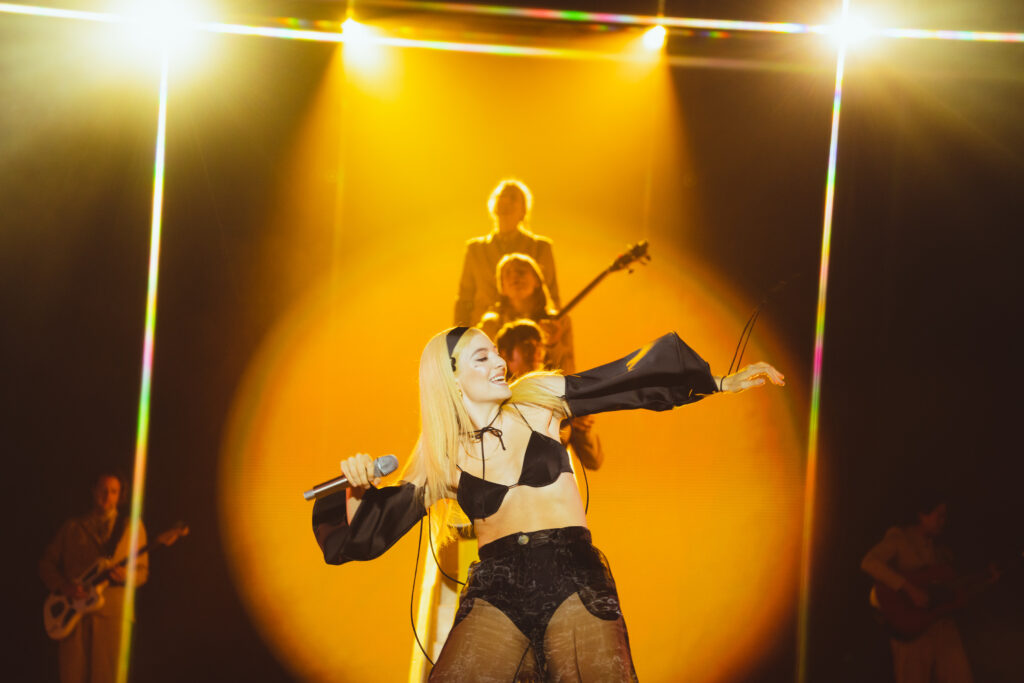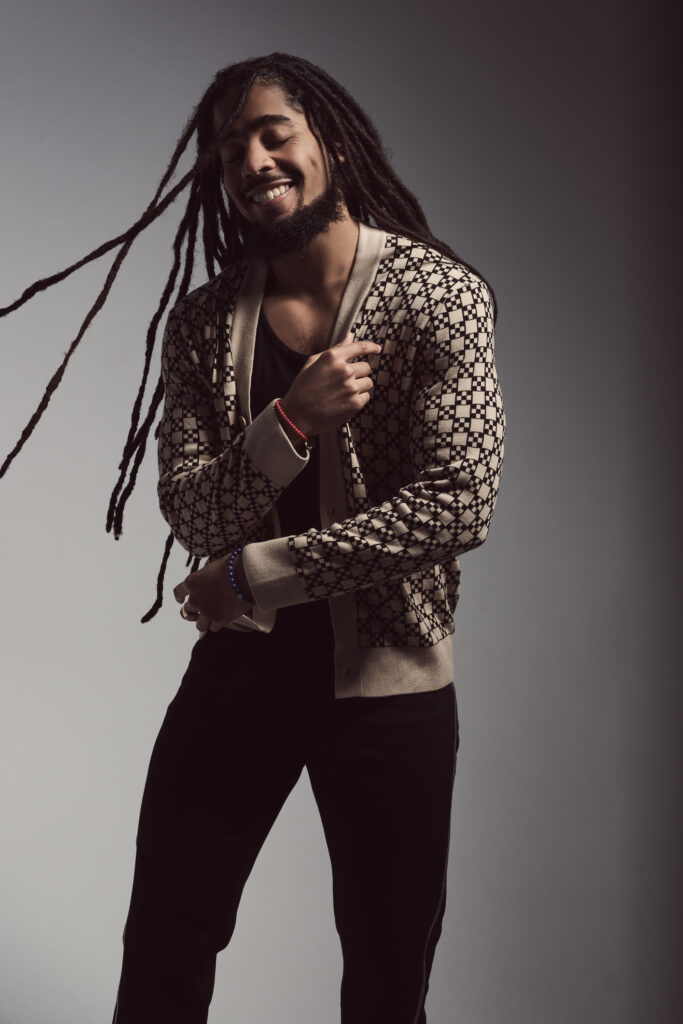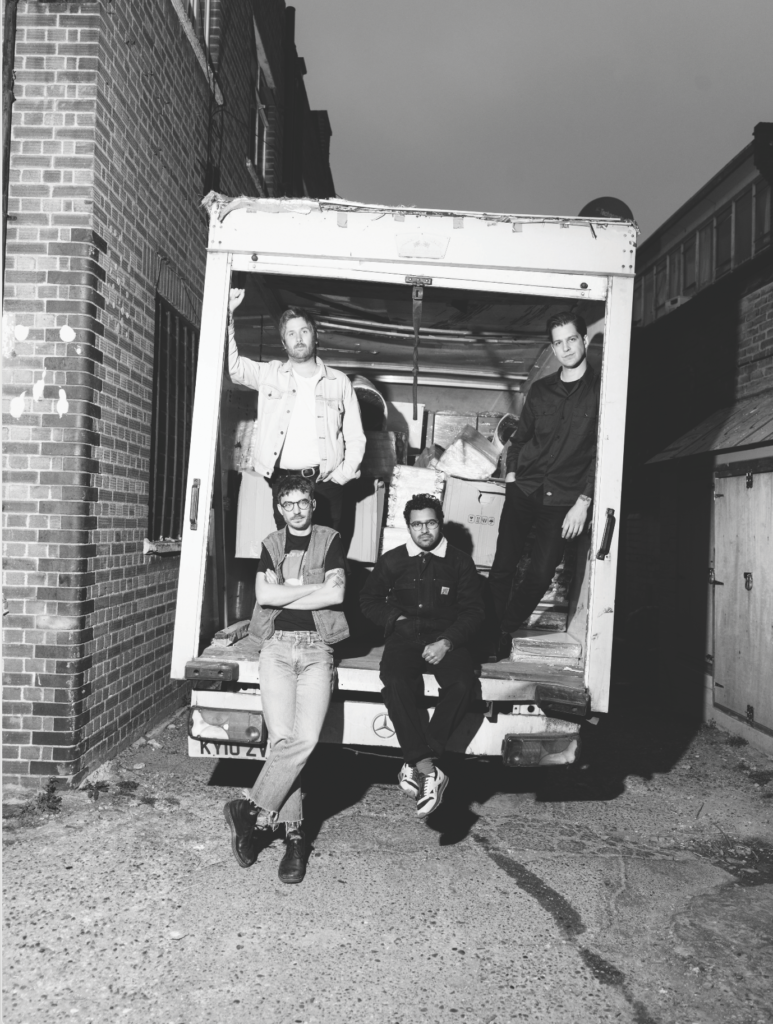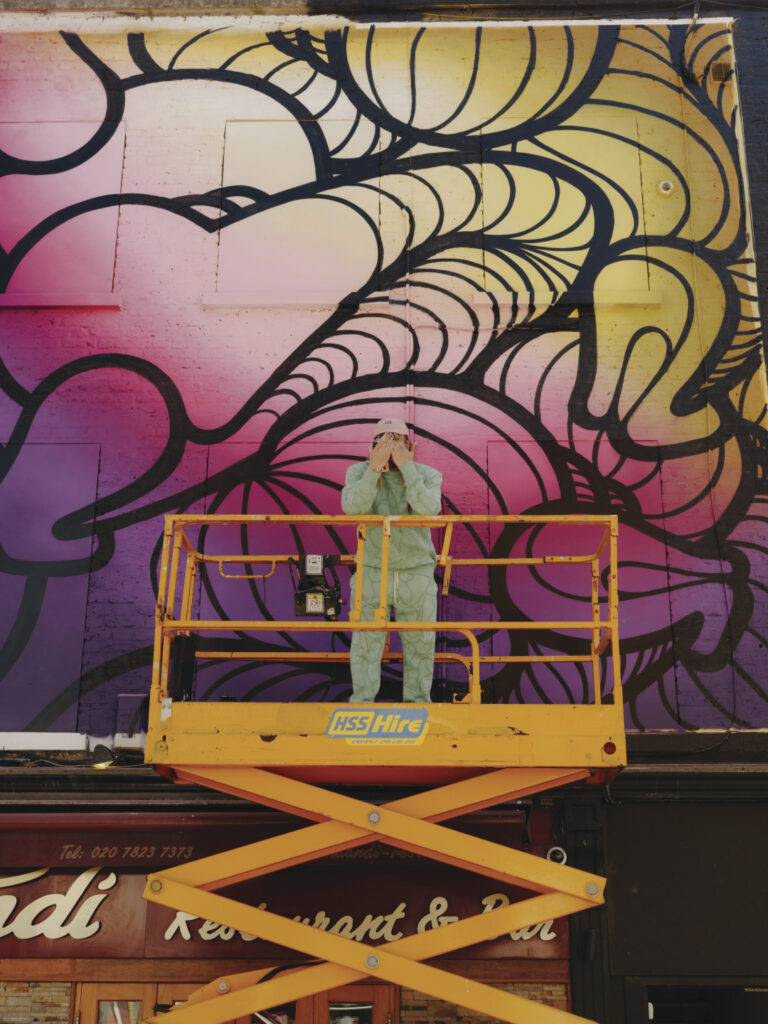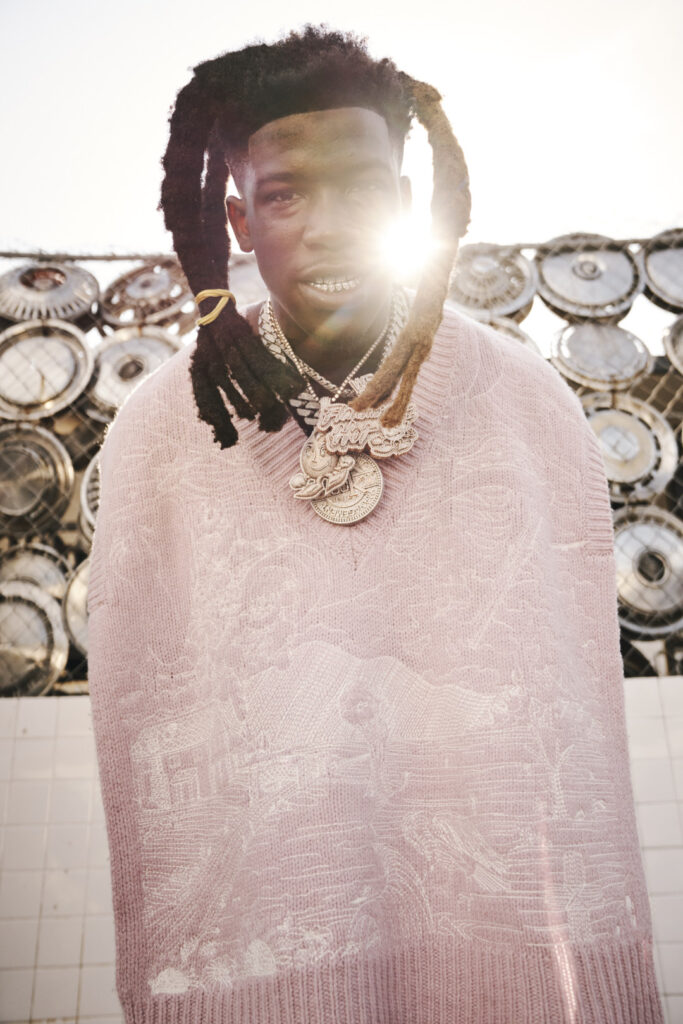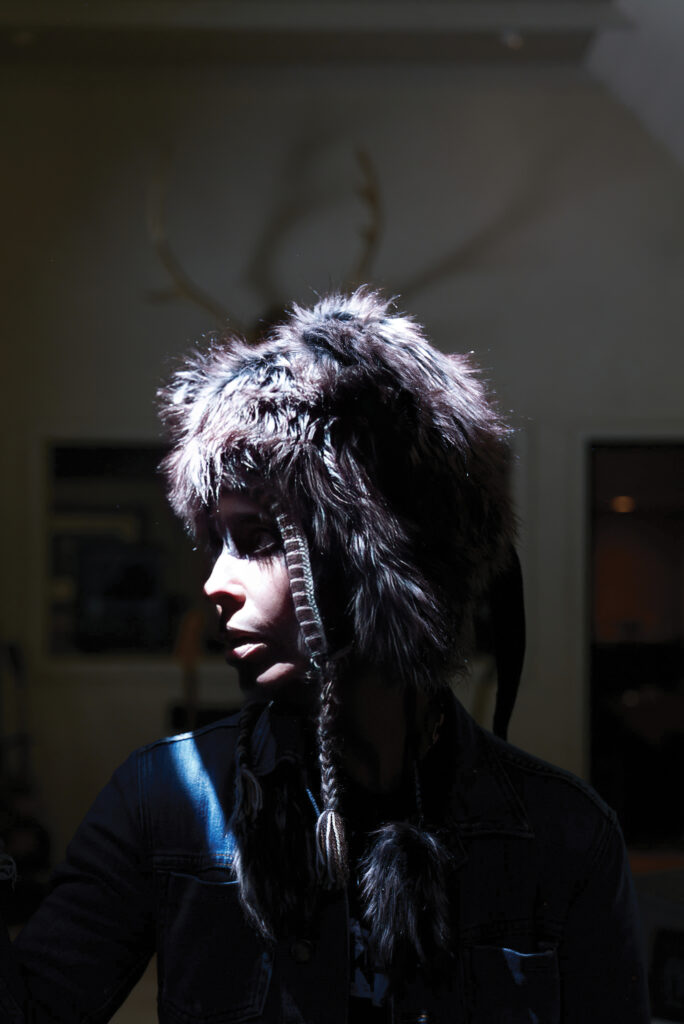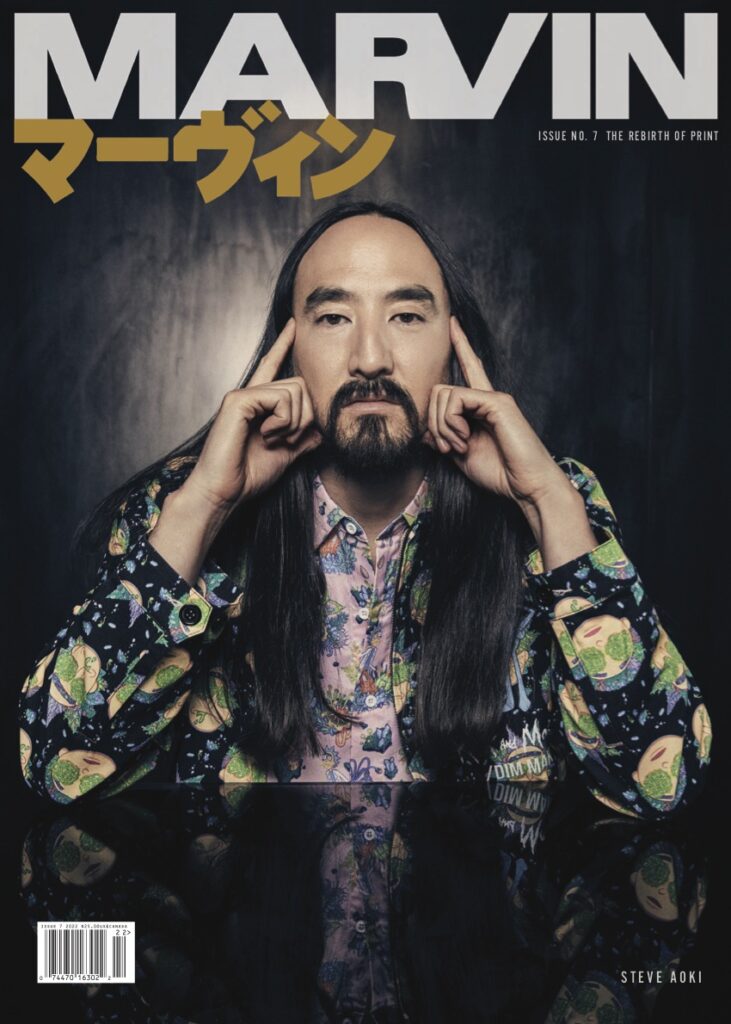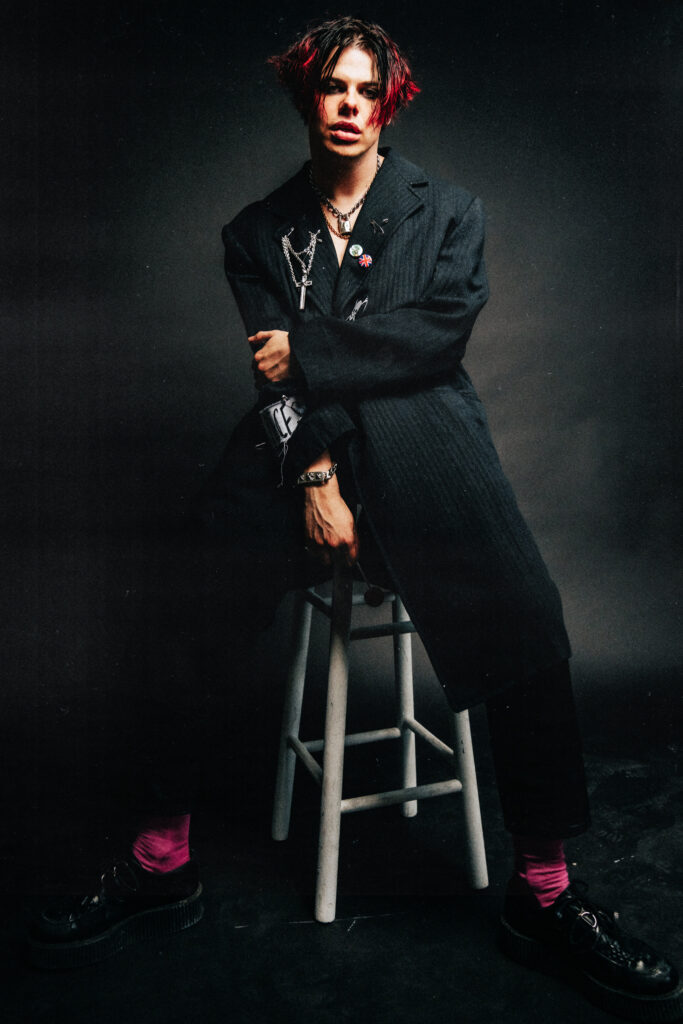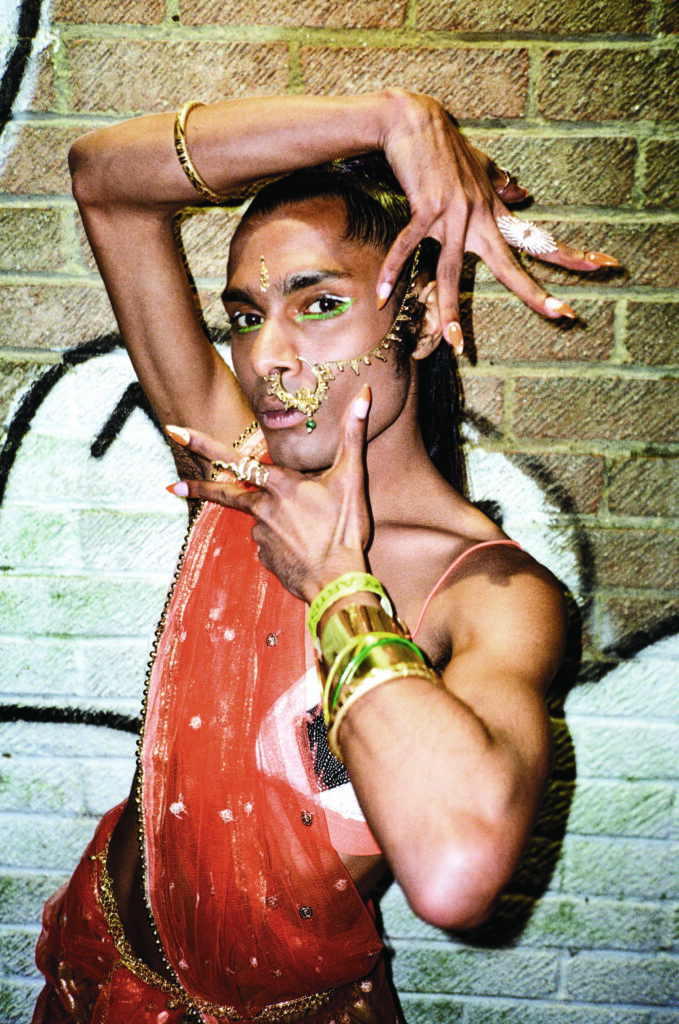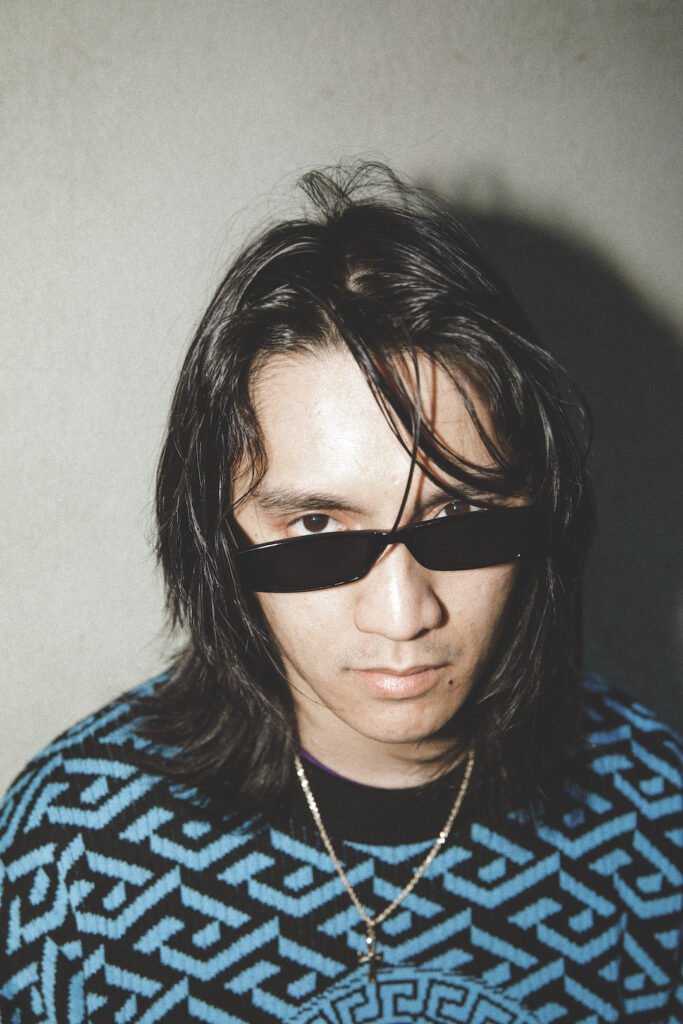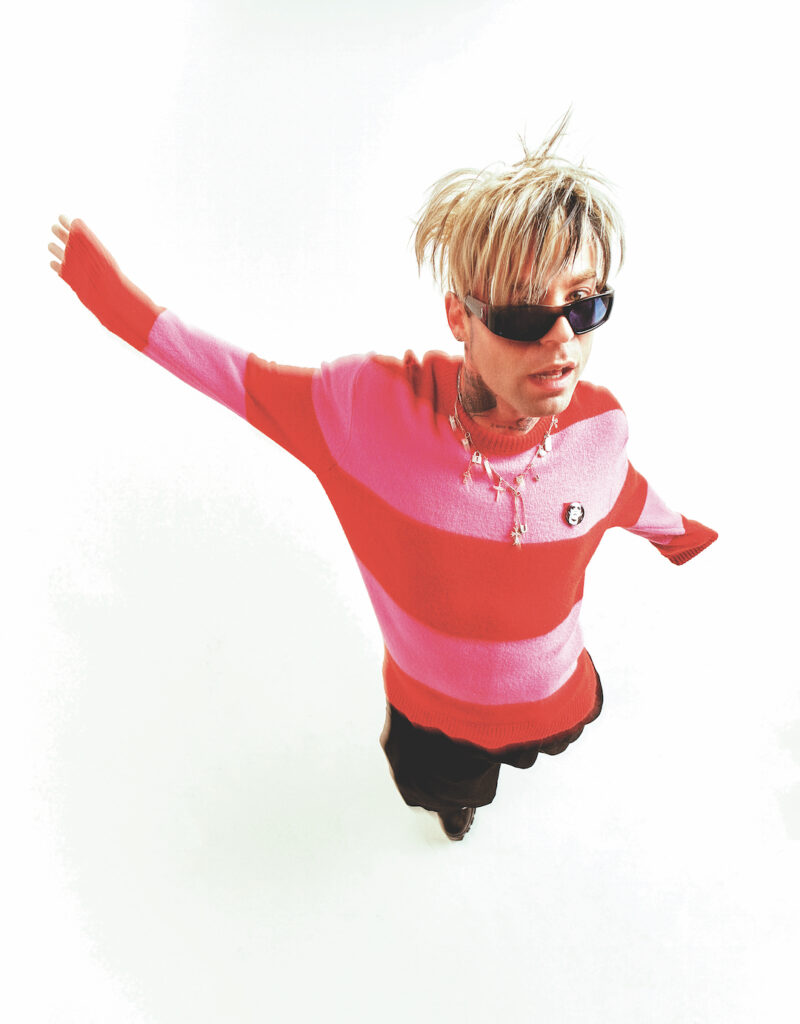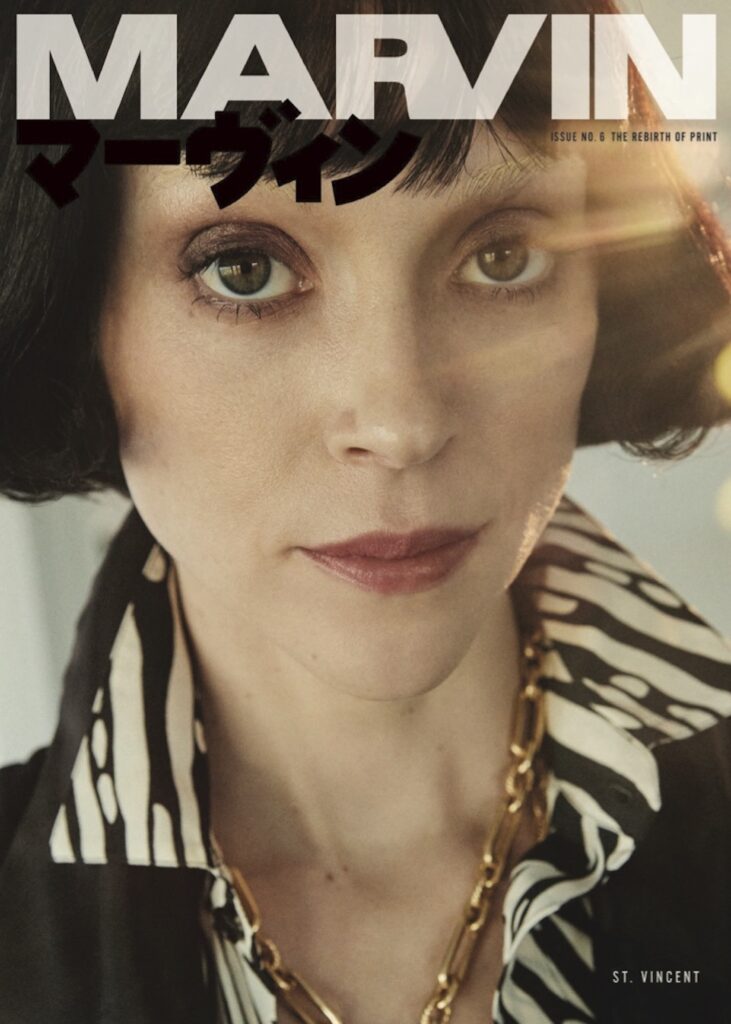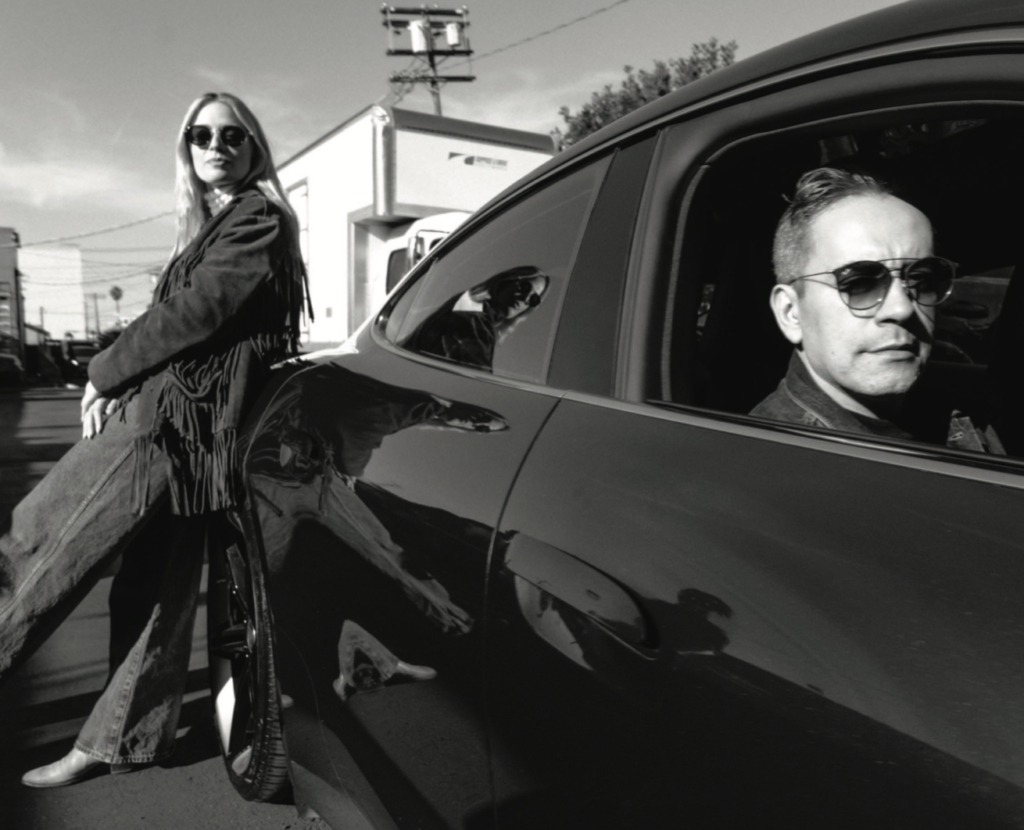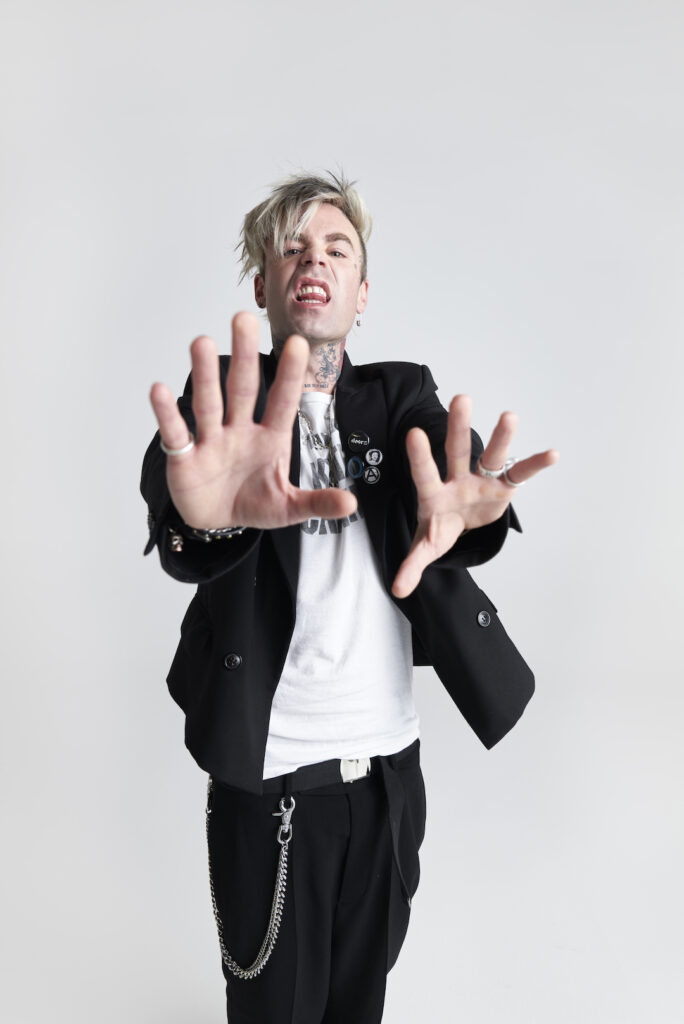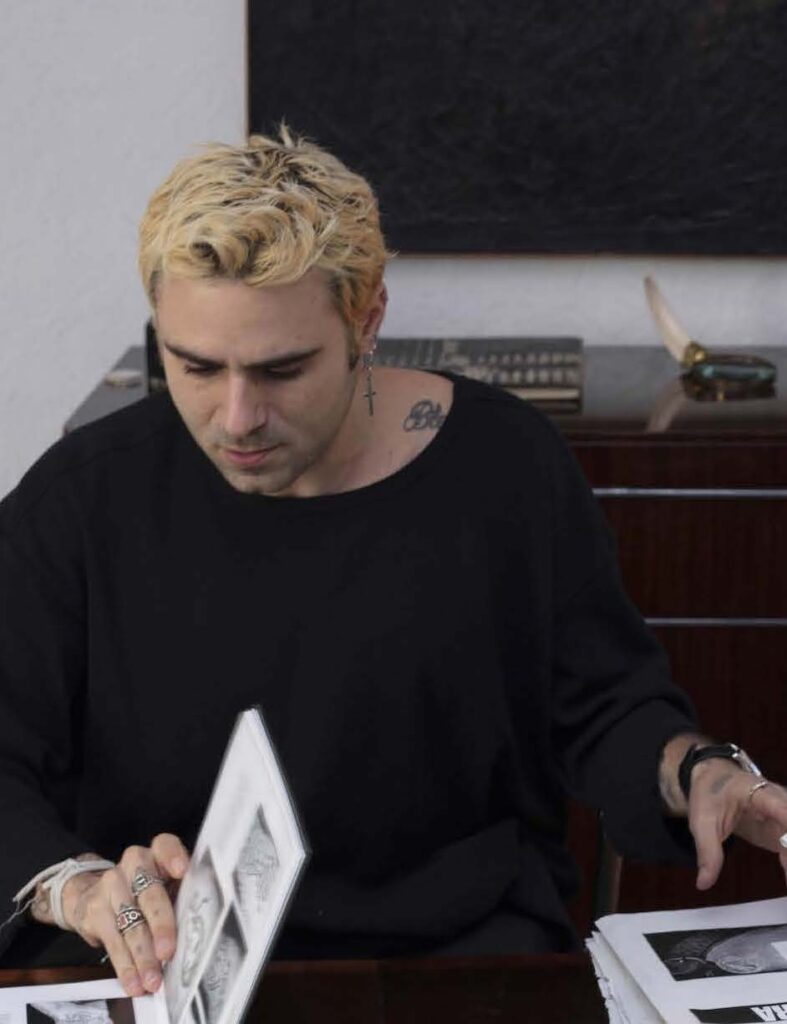From Venice to Venice Beach: How Golden Goose Combines Italian Craftsmanship with California Cool to Create the Perfectly Imperfect Sneaker
WORDS by DAN ROOKWOOD
PHOTOGRAPHY by JASMINA MARTIRADONNA
Back in 2000, two free-spirited lovers and designers– Alessandro Gallo and Francesca Rinaldo–were in their garage slash office in the industrial Italian town of Marghera, trying to think up a name for their new venture. They plucked out Golden Goose. In the 21 years since, the storied brand has written its own fable. And it keeps producing gold.
Golden Goose is predominantly known nowadays for luxury sneakers and they’ve stayed true to a well- worn formula: start from scratch and keep scratching. They’ve made pre-scuffed footwear their instantly recognizable aesthetic. No one else does what they do. They’re out on their own. “Don’t Be Perfect Be Younique” is a company slogan. While every other luxury sneaker brand in the world was obsessed with box-fresh perfection, Golden Goose hit pay dirt by deliberately going against the grain, literally as well as metaphorically. They call it “perfect imperfection.”
“When a brand is still doing the same thing that it was doing in the beginning, it means we have been creating icons,” says the brand’s debonair CEO, Silvio Campara, who has risen through the ranks since he joined the business in 2014. “The difference between products and icons is that products are limited in time. Icons are timeless.”
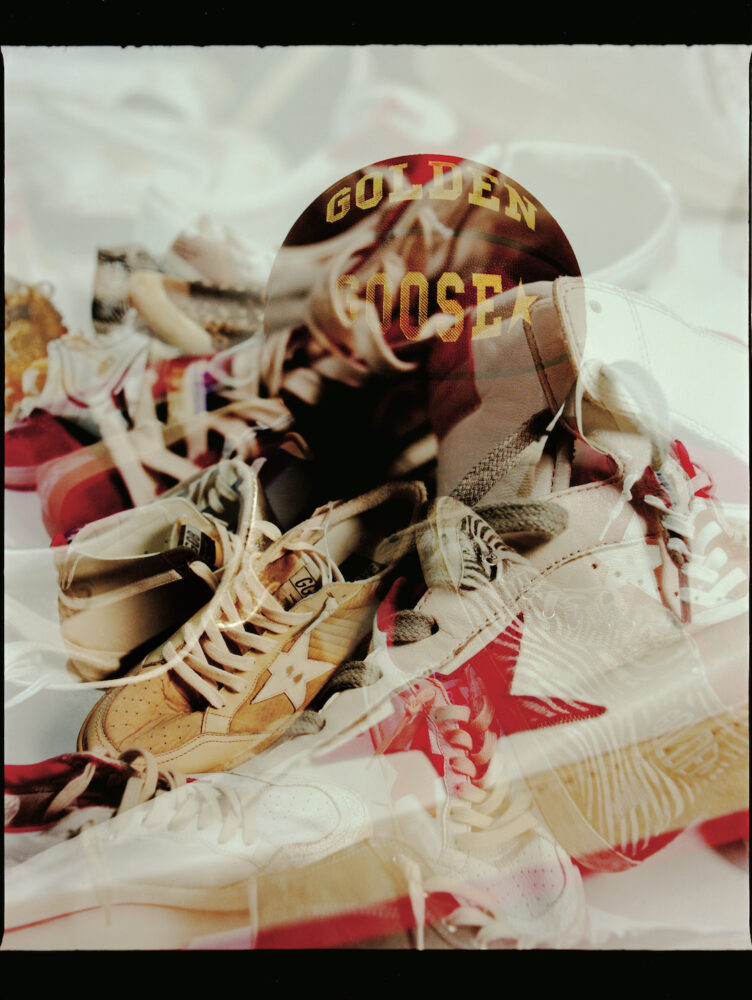
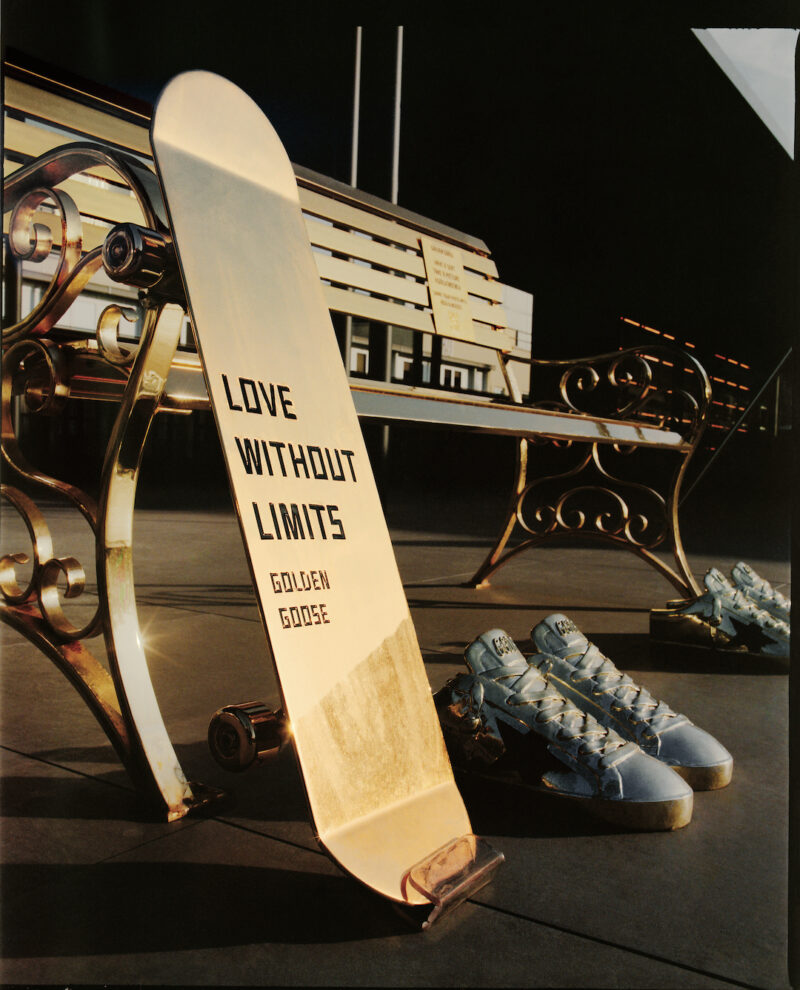
Golden Goose’s beaten-up look is an acquired taste, not everyone’s cup of tea. For some detractors, the very idea of manufactured distressing feels inauthentic, even oxymoronic. Shouldn’t battle scars be earned not contrived? “Yeah, that’s a great point,” answers Campara, albeit one he has clearly had to address before because he has an immediate response to it. “We scratch on your sneaker, why? Because we want to inject life! A lot of people are so scared to scratch their shoes, you know. It’s common sense to keep your shoes clean. But then you find this brand that’s [saying]: ‘Hey, man, you can scratch it up. You can enjoy the product.’ It’s a positive message. Because after five, 10, 15 years that product will not just look amazing, it will be your product with your life, with your memories inside.”
The point is these lived-in shoes look as if they’ve already enjoyed a good life and they encourage you to do likewise. You can immediately wear them anywhere to anything, as suitable for school as they are for a night out. And you don’t need to be too precious about wear- ing them or save them for a special occasion. Where a fastidiously clean, sneaker freak tiptoes across the street to avoid a puddle, a Golden Goose wearer walks right through the experience.
The cult brand enjoys a loyal following with fans including Taylor Swift, Timothée Chalamet and Gwyneth Paltrow. Enthusiasts line up to pay between $500 and $2000 for a pair, each hand-crafted and therefore each slightly different. “We make more than 2000 variations a year,” says Campara. “And what is fantastic is that we never replenish them, so they’re all one-off pieces. And as soon as they are sold out, it’s over. So they immediately become pieces of art.”
The late Virgil Abloh was one of the Golden Goose’s early adopters. Shortly after Campara joined the company, he worked with Abloh on a very limited collection. “First of all, we did it because we were friends, we didn’t do it for business. We only made 200 pairs,” says Cam- para. Good luck trying to find any. “Virgil was in love with Golden Goose and it was really at the beginning of his journey as a designer, because he was still working with Kanye and he was just starting with Off-White.
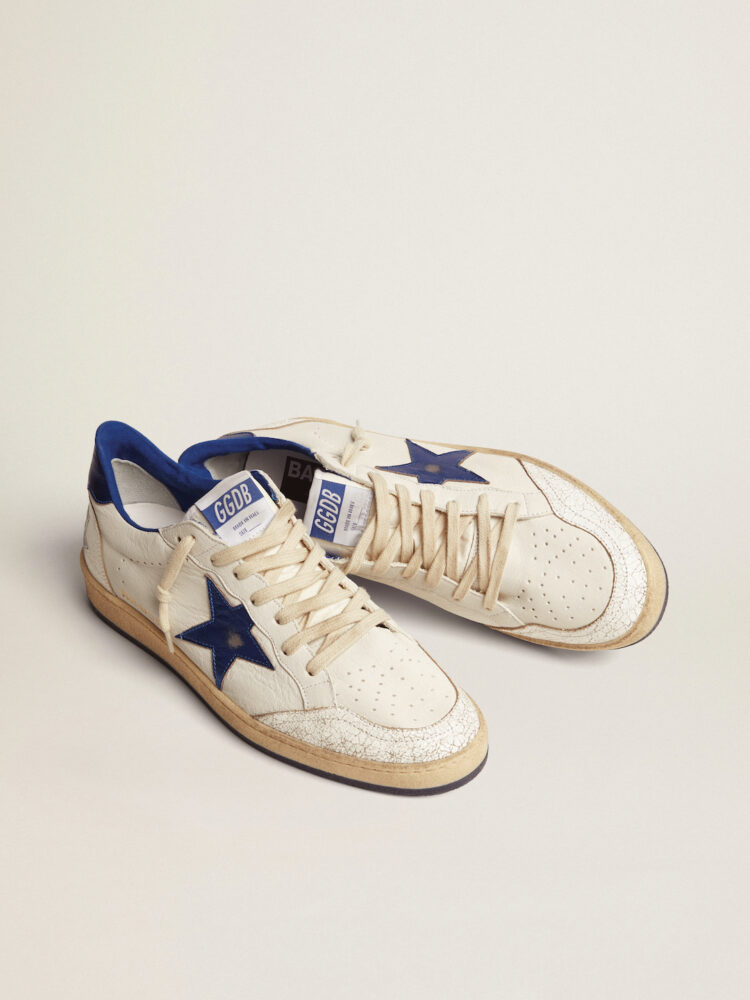
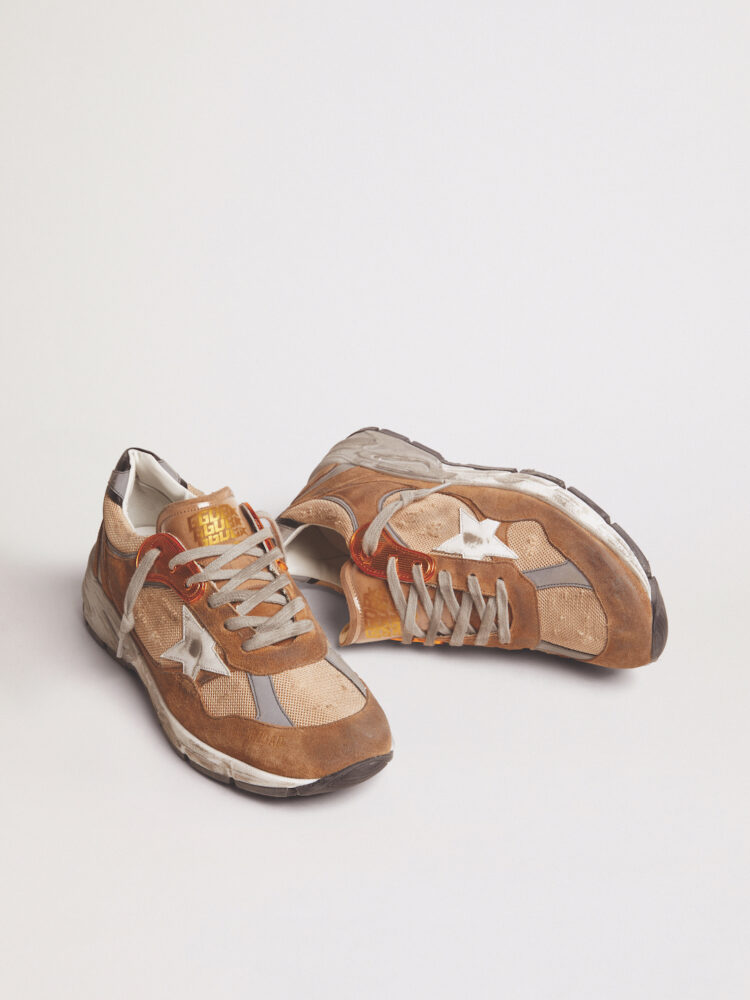
I found the name of Off-White amazing. The grey space between white and black. It tells you everything.” This project was among the first of Abloh’s many brand collaborations but it was Golden Goose’s first and apparently its last. Not because it was a failure but because Abloh nailed it. “He defined the evolution of Golden Goose,” says Campara. “He had this idea of a world where kindness was the new coolness. I love people that with enthusiasm try to change the rules. And that’s why we all love and respect Virgil. He crafted a new culture.”
OK, but what’s the secret here? Just what is the alchemy that keeps turning this Italian leather into gold? There are three key elements, according to Cam- para: one part Venetian, one part Californian, and one part Japanese. Golden Goose combines traditional craftsmanship from their original home in Venice, Italy with the scuffs and marks your shoes might pick up at a skatepark in Venice, LA. And finally, a Japanese appreciation for storied imperfection, a culture that celebrates the art of repair. There is a traditional method of repairing broken pottery called kintsugi—translated ‘golden repair’—that treats breakage and restoration as part of the beauty of an object rather than something to be disguised or discarded.
“There’s so many [other brands] who do sneakers and we have respect for all of them but we are the only brand on earth that is uniquely handmade,” claims Campara. “To make a pair of Golden Goose, it takes more than four-and-a-half hours. To make a pair of any other luxury sneakers, not more than 40 minutes.” Golden Goose’s sneakers are made using the same level of craft and attention to detail that would go into a pair of cobbler-made, custom shoes. They just look more shabby than chic.
Golden Goose’s logo–an incomplete star–confers this sense of a work always in progress, a patina developing, a story unfolding. “Our symbol is amazing,” says Campara. “Not many brands are so lucky to have [such a] symbol. Maybe just Apple, Nike… A little bit like the bitten Apple logo, the fact that [our logo] is not perfect is inspiring. We want people to express their inner star. We like to think that everyone is perfect in their imper- fection. We value the uniqueness.”
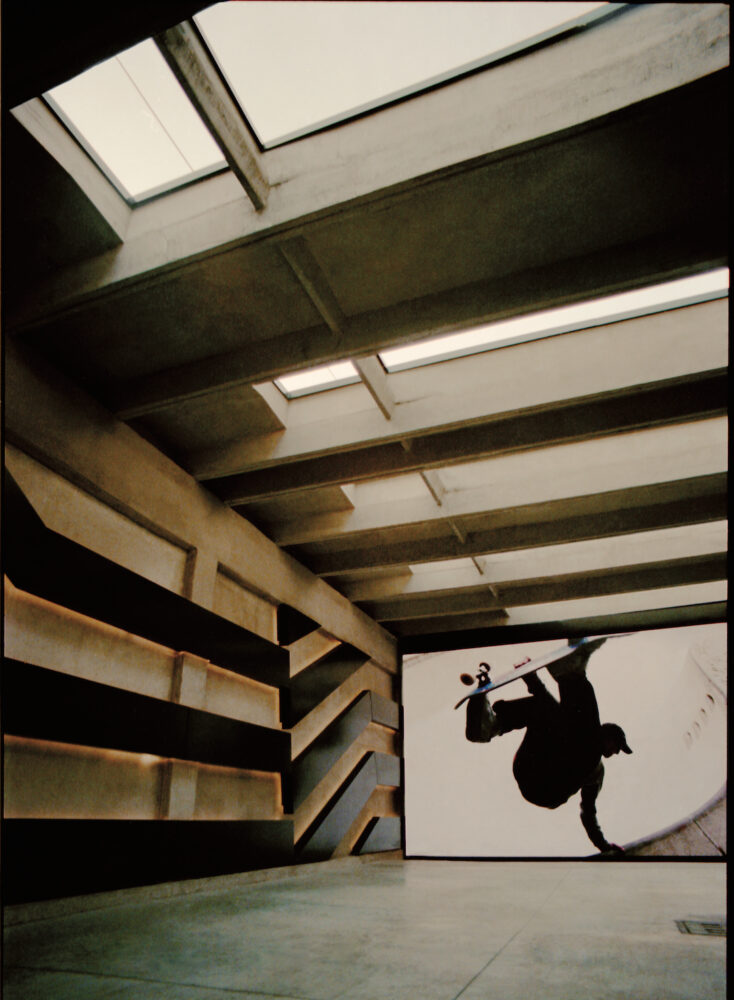
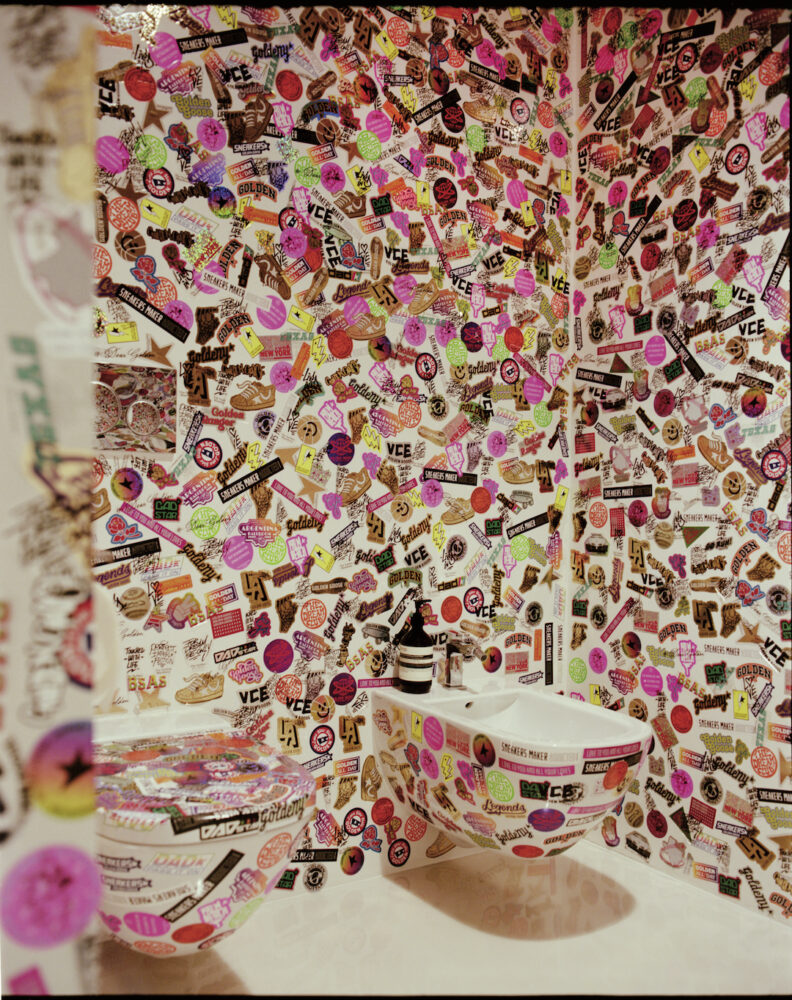
Fair play to Campara: the brand’s star has never been higher, and it keeps rising. Buoyed by the prevailing trend towards casual luxury which has only strengthened during the pandemic when so few people are dressing formally (if at all), the Goose is absolutely flying. Campara, who was promoted to the big chair in 2018, has driven an impressive global expansion strategy that saw revenues rocket from €187.6 (about $200) million in 2018 to €262.3 (about $296) million in 2019. Not even a pandemic could clip their wings, with an investment firm acquiring a majority stake in June 2020 for a cool €1.3 (about $1.5) billion.
That investment came at a good time, ensuring the only distress the company experienced was to their shoe leather. It allowed Campara to make the proactive and pretty ballsy executive decision to skip a season of the main collection, thereby avoiding all the problems, expense and stress that would have come with strain- ing to keep the wheels of production and sales turning. Indeed, Campara’s front-foot leadership during the pandemic ensured the brand has come through the other side even stronger. “In the storm, you need to have clear vision. Storms are not for managers, they are for visionaries,” he toots. What does that mean? “[It’s having the] capacity to pull together brain, heart, intuition at the same time.”
Instead of product, he focused on people. He calls them his “Golden family.” The company has grown from around 70 when he joined to almost a thousand now. “It was a time to simply invest,” he says. “It was the year where we didn’t fire anyone. It was the year where we paid a double bonus to every one of our employees.
It was the year where we did +2% versus 2019. It was the year where we opened 45 stores, instead of 25. So, it was a great year.”
It was also a year of pre-planned celebrations to mark the brand’s 20th anniversary, most of which they were able to continue, which also helped to maintain good vibes in otherwise tough times. And through a combination of foresight and good timing, they opened a design-led, future-thinking, sustainably-minded global headquarters in Milan that looks really excellent in magazine photoshoots. As you can see.
At a time when companies around the world are struggling with how to navigate the whole going-back- to-the-office dynamic, Golden Goose has reimagined the idea of the workplace, with an emphasis on creativity, self-expression and wellness. And quite a lot of gold. The benches and the swings on that expansive rooftop? Gold. The foosball table in the breakout room? Also gold.
Staff enjoy dining at an on-site smart restaurant replete with open kitchen set and a hydroponic gar- den of vegetables, most of which makes it onto the daily menu. “People can eat what we cultivate inside. And then whatever we don’t eat, people can take home.” There is also an in-house babysitting and dog-sitting service. “You should come visit,” he beckons.
Campara is sitting in the boardroom now, which he calls the Dream Room. “Most brands need to have a meeting room. But our aim is not to just meet, it is to go beyond and dreaming is the start of the journey,” he says. “The capacity of dreaming, it’s becoming so rare.” The walls are gold-stamped with the brand’s Golden Manifesto so that they never lose sight of their brand values. Behind him, the back wall is comprised of a bank of distressing machines. Sneakers hang from the ceiling. It’s a total immersion in the brand’s why, the how, and the what. “Craftsmanship is something that you have to see, it’s something that you have to smell, it’s something that you have to listen to in the machinery, you know?” he says.
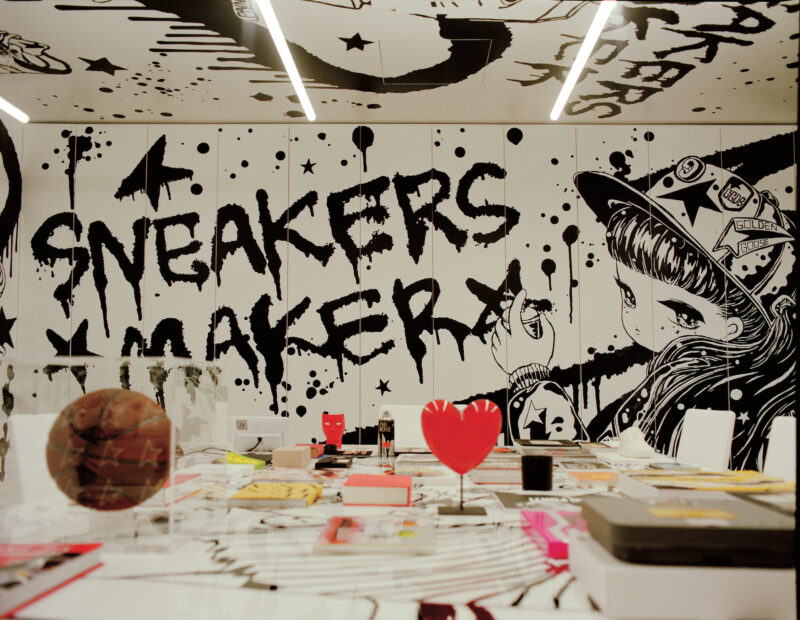
“It’s a space that has been designed to unleash people and their plans.” What of Campara and his plans? The global expansion continues apace with a rollout of 25 stores per year. There’s talk of opening a sneaker school and experiential museum housing the world’s largest library of sneakers. It’s a remarkable success story that continues to evolve. “The aim is to make this a global brand,” he says simply. And it’s as if he can’t wait to get on with it because all of a sudden, he stands. Our time is up.
@goldengoose



